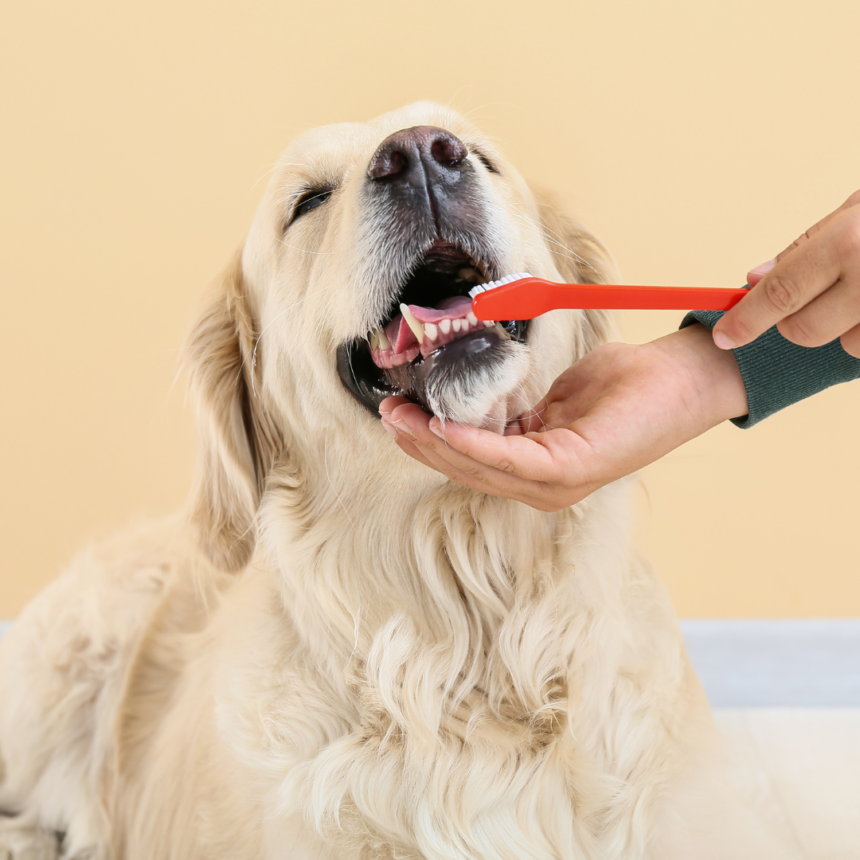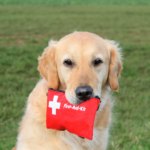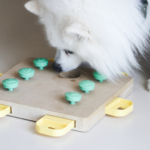Introduction
A gleaming smile not only enhances your dog’s charm but is also a crucial indicator of their overall well-being. Beyond the routine of brushing, there are multifaceted aspects to consider in ensuring optimal dental health for your furry friend. This article delves into these dimensions, providing insights and practical solutions for a brighter and healthier canine smile.
The Significance of Canine Dental Health
Dental health is a pivotal aspect of a dog’s overall well-being, extending far beyond a mere cosmetic concern. Beyond the aesthetic appeal of a bright smile, a dog’s oral hygiene plays a crucial role in their systemic health. Pet owners often underestimate the impact of neglected dental care, unaware of the far-reaching consequences.
One of the primary reasons to prioritize dog dental health is the link between oral hygiene and systemic health. Poor dental care can lead to various health issues, including heart, kidney, and liver problems. The accumulation of plaque and tartar not only causes bad breath but also becomes a breeding ground for harmful bacteria that can enter the bloodstream, affecting vital organs.
In essence, the significance of dog dental health goes beyond aesthetics; it is a cornerstone of their overall health and longevity. Prioritizing dental care is an investment in your dog’s well-being, ensuring they live a happy and healthy life.
Challenges in Dog Dental Care
Ensuring optimal dental care for our canine companions poses a unique set of challenges for pet owners. The importance of maintaining a dog’s oral hygiene is clear, but navigating these challenges is essential for their overall well-being.
One significant challenge is the reluctance of many dogs to cooperate with dental care routines. Dogs may exhibit anxiety or fear, making brushing their teeth a formidable task for owners. Overcoming this challenge requires patience, positive reinforcement, and gradual acclimatization to the dental care process. Introducing dental chews or toys can also make the experience more enjoyable for the dog.
Another hurdle is the misconception that dental care is only about brushing. While brushing is crucial, it’s not the sole aspect of maintaining good oral health. Limited awareness about the importance of professional dental check-ups and the role of a well-balanced diet in preventing dental issues contributes to these challenges.
Owners often face difficulty in identifying early signs of dental problems in dogs. Since dogs are adept at hiding pain or discomfort, subtle signs like bad breath, changes in eating habits, or pawing at the mouth can be overlooked. Raising awareness about these indicators is vital for prompt intervention and preventing the progression of dental issues.
Dental Care Approaches
The foundation of good oral care lies in preventive measures. Regular brushing, ideally starting in puppyhood, is a cornerstone.
A crucial aspect of canine dental care involves effective brushing techniques. To initiate this process, choose a toothbrush and toothpaste specifically designed for dogs, prioritizing their comfort and safety. Introduce these tools gradually, letting your dog explore and become familiar with them. Optimal positioning during brushing is essential, and a calm, reassuring voice can create a positive association.
For beginners, consider starting with a finger brush or soft cloth to ease your dog into the brushing routine. Focus on the gum line with gentle circular motions, paying special attention to back molars prone to plaque buildup. Keep initial sessions short and positive, gradually extending the duration as your dog becomes more comfortable. Always reward your furry friend with praise or a small treat post-brushing, reinforcing positive behavior.
Dietary choices also play a pivotal role. Opting for high-quality dog food with essential nutrients can make a significant difference. Look for formulations designed to promote dental health, often containing ingredients like antioxidants and specific kibble textures that aid in reducing plaque and tartar buildup. Additionally, consider incorporating dental treats or chew toys specially designed to support oral hygiene. These aids help massage the gums and scrape away debris, contributing to better overall dental care. Raw bones, under supervision, can also be beneficial for maintaining healthy teeth and gums.
Routine veterinary check-ups are indispensable. Veterinarians can detect early signs of dental problems, often before they become apparent to pet owners. Professional dental cleanings, performed under anesthesia, address hidden issues and contribute to long-term oral health.
Educating pet owners about oral care is equally crucial. Awareness of the signs of dental problems and the importance of regular check-ups empowers owners to take an active role in their dog’s oral health.
Addressing Specific Dental Issues
While maintaining overall dental health is crucial for our canine companions, addressing specific dental issues promptly is equally important. One common problem is periodontal disease, characterized by inflammation of the gums and potential damage to teeth and surrounding structures. Regular dental check-ups and professional cleanings play a vital role in preventing and managing periodontal disease.
Tooth decay, another prevalent issue, often arises from poor oral hygiene. Introducing dental-friendly treats and incorporating brushing into a dog’s routine can significantly reduce the risk of decay. Fractured or broken teeth, commonly caused by chewing on hard objects, require immediate attention to prevent pain and infection.
Bad breath, often dismissed as a minor concern, can be indicative of underlying dental problems. It’s essential to identify the root cause, whether it’s dental issues, gastrointestinal problems, or diet-related factors, to address bad breath effectively.
In some cases, dogs may experience misalignments or malocclusions, leading to discomfort and difficulty eating. Veterinary consultation can help determine the best course of action, which may include orthodontic procedures or adjustments.
Owners should be vigilant for signs of discomfort, reluctance to eat, excessive drooling, or pawing at the mouth, as these may indicate dental problems. Addressing specific dental issues promptly ensures our dogs enjoy a pain-free and healthy oral environment, contributing to their overall well-being and quality of life.
Conclusion
In conclusion, a bright smile is not just a cosmetic asset for your dog; it’s a reflection of their overall health. By embracing holistic dental care, overcoming challenges, and establishing healthy habits, you can contribute significantly to your dog’s well-being and ensure their smile remains radiant for years to come.









